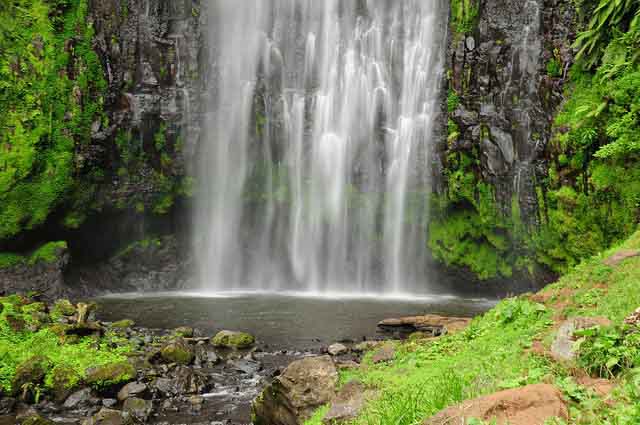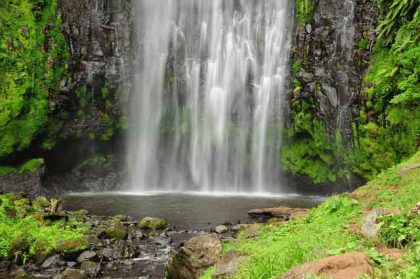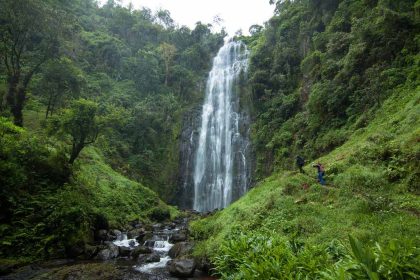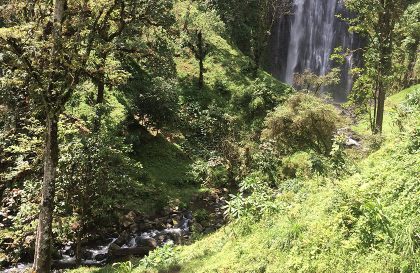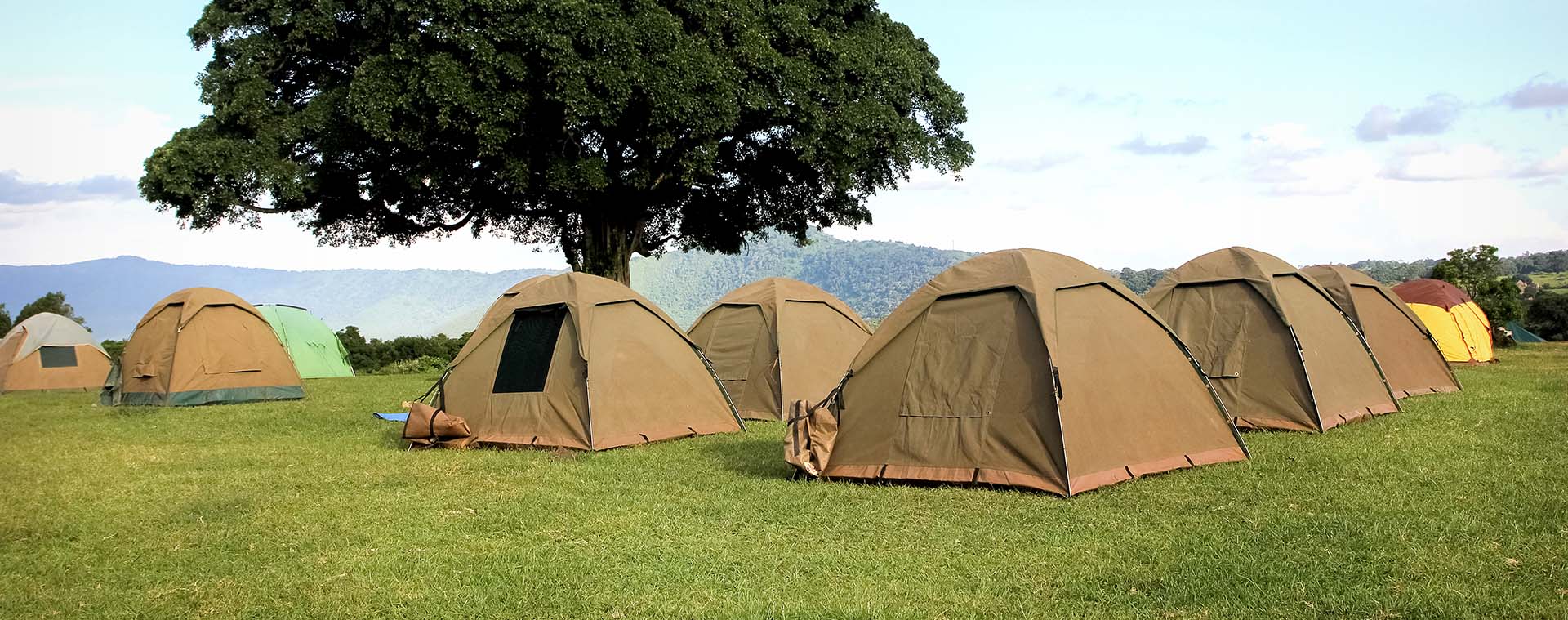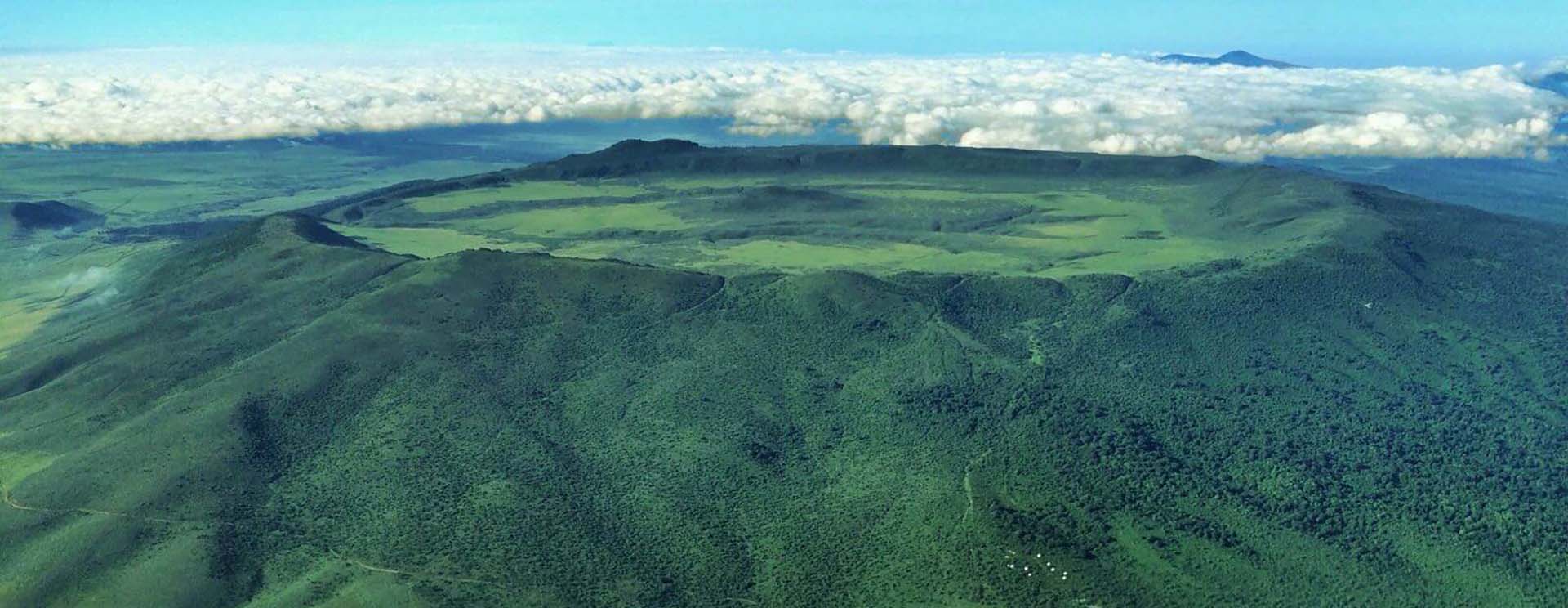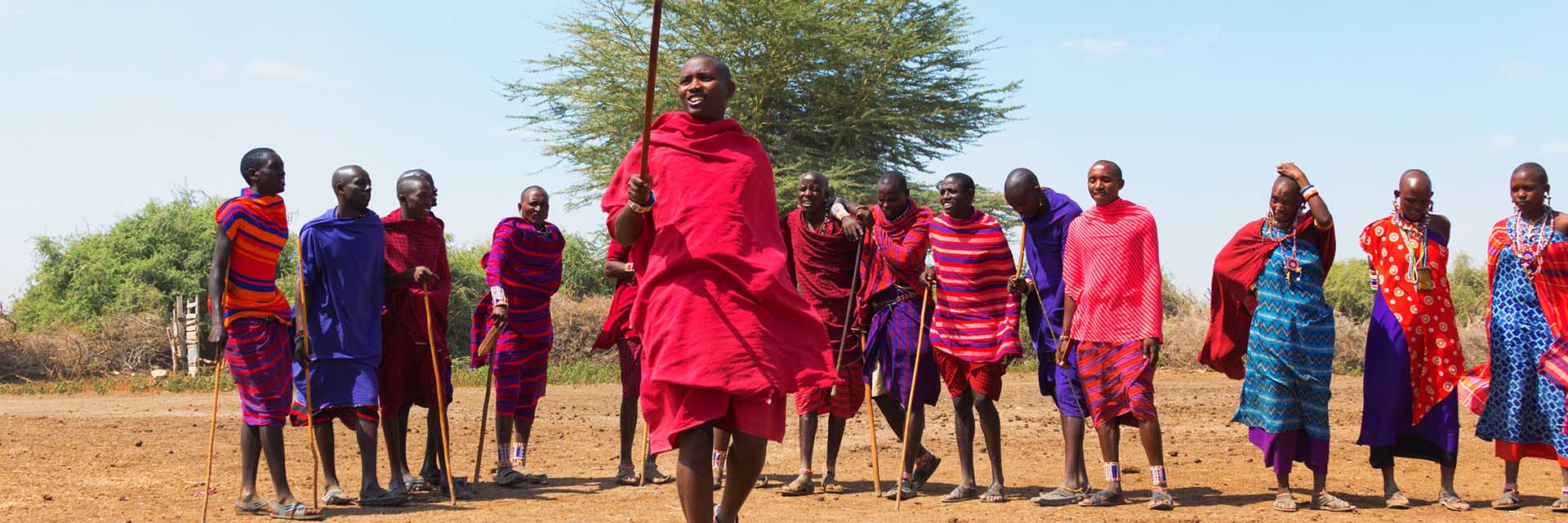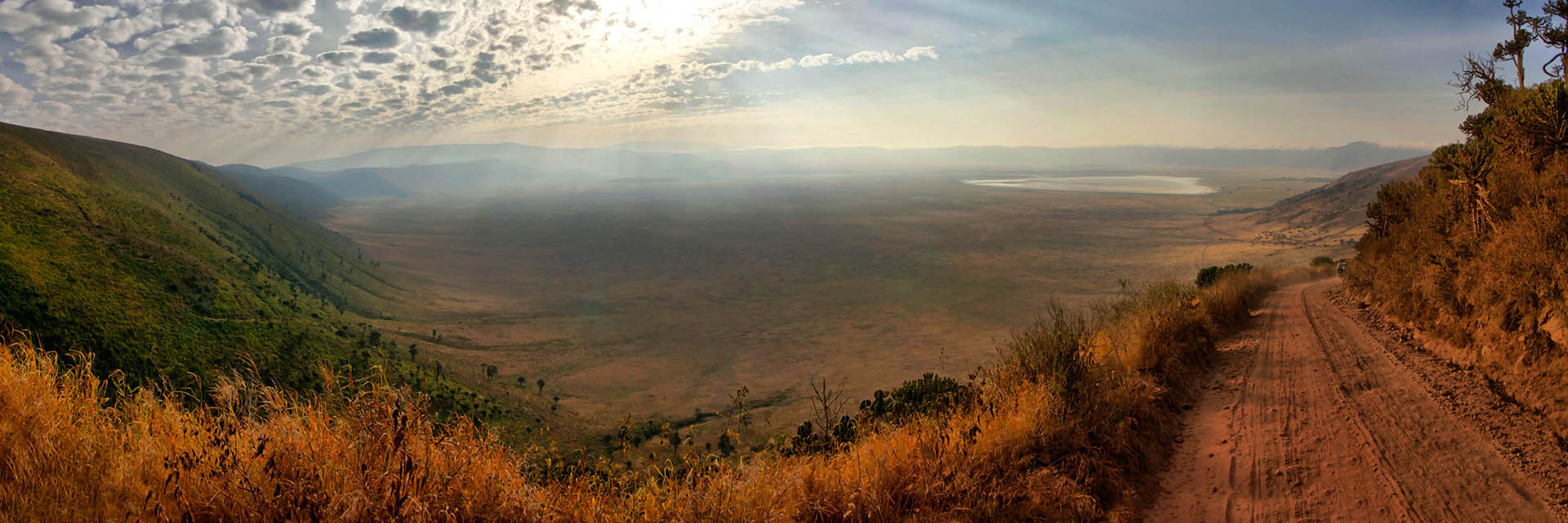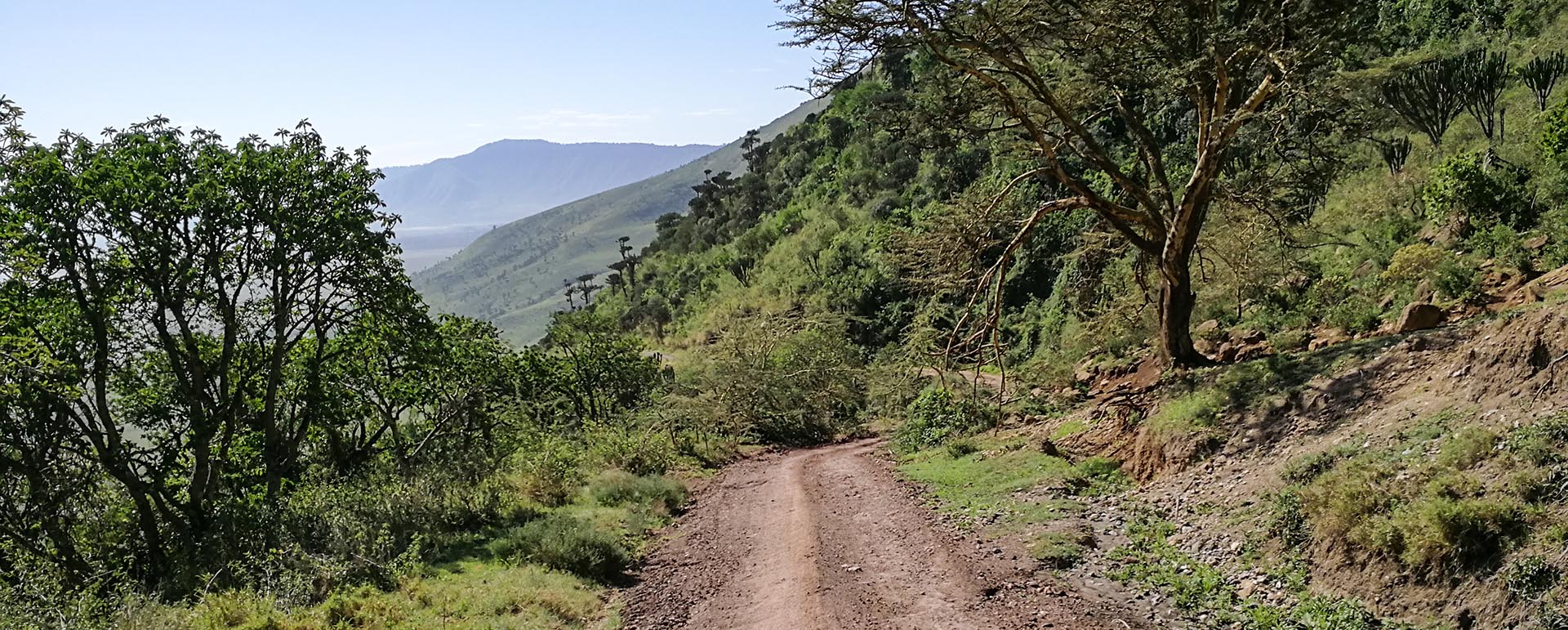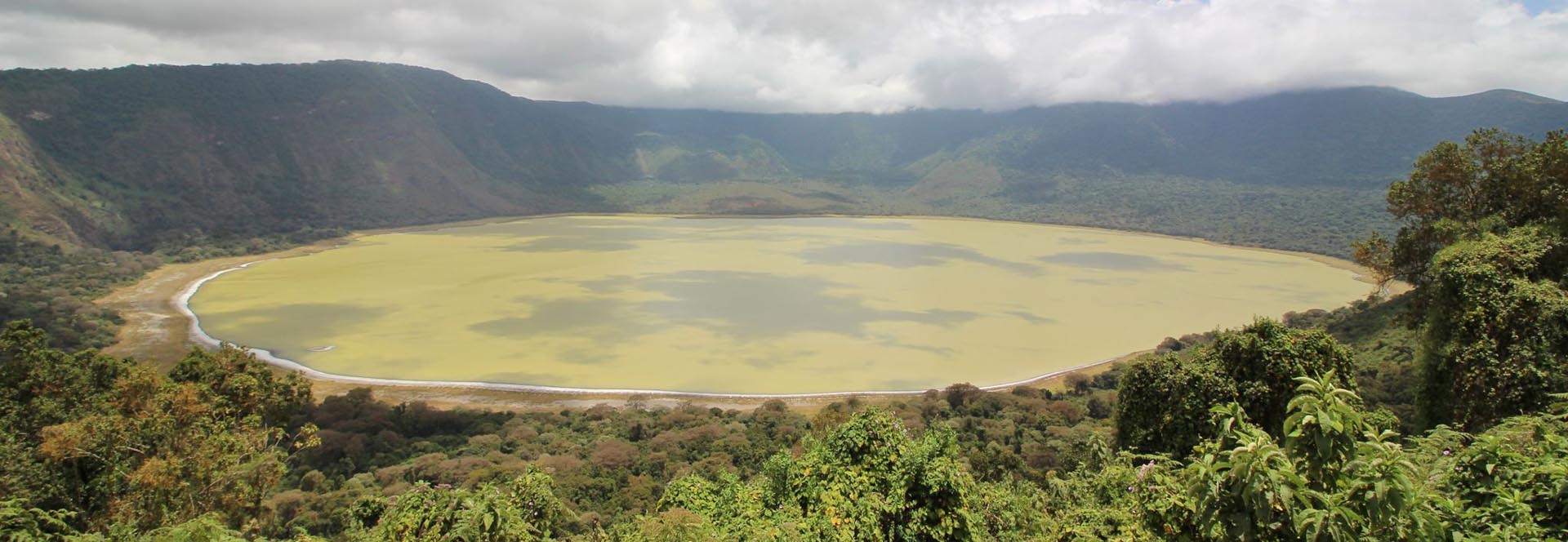Materuni Waterfall Day Tour
Materuni Waterfall is a booming waterfall just 15- kilometers from Moshi Town. When combined Materuni waterfall with a coffee tour in the village, it makes for a perfect day trip before or after your Mount Kilimanjaro climb. With about eight kilometers of walking throughout the day and 300 meters of incline, this materuni waterfall tour adventure is a great warm-up for the legs while also getting to immerse yourself in the local culture. The materuni waterfall tour begins by observing the entire process of making a cup of coffee, from seed to mug. After a locally produced lunch, you head off to explore the massive Materuni Waterfall.
The materuni waterfall day trip tour begins by passing through coffee and banana plantation. Chance of meeting a variety of primates including Black and white Colobus monkeys. Explanation about local people/life and tradition of Chagga people
Enjoying the nature of the slopes of Mount Kilimanjaro Explanation of different flowers
Visit the waterfalls, get explanation and enjoy swimming if you like to. Hiking up to the boundary of Mount Kilimanjaro national park 2400m.You will learn how to make local coffee and drink your own made coffee. The best view point for the snow peak of Mt. Kilimanjaro if not covered by clouds
But that’s not all. Next the coffee experience awaits you. Here you will learn how coffee is cultivated, dried, roasted and further processed. You will also be invited to help with the grinding of the coffee, which is traditionally accompanied by Chagga songs and dances – a fun way to immerse yourself in the local culture.
Before you say goodbye and return in the afternoon to Moshi, you can savour the coffee you made and appreciate the views of the surrounding rainforest.
Apart from Materuni waterfall tour clients can opt doing marangu waterfall day trip tour, or Makoa animal farm tour or Kikuletwa hot spring
Welcome to Materuni waterfalls.
PRICES AND SERVICES
Prices depend on the size of your group and are as follows:
1 person: 120 USD per person
2 people: 70 USD per person
3 people: 60 USD per person
4- people onwards: 50 USD per person.
Please contact us for different group sizes or groups including children. All our day trips can depart from another starting point, like the airport for example. Prices might be different in this case, so please let us know and we’ll send you the right quote.
What's included:
- A bottle of water per person (1,5 liters)
- Entrance fee to the village and waterfall
- Coffee tour and tasting
- Chagga lunch
- Private transport from your accommodation in Moshi to Materuni village and back
- English speaking guide that will guide you from Materuni village to the waterfall and teach you about Chagga culture
This Materui tour, a tip is expected after your participation in a tourist activity. This tip is not included in your package. The recommended amount for a tour guide is 25-30 USD per day if you’re satisfied, to be divided by all your group members. As we pay a lot of attention to creating good working conditions for all our crew members and making sure they get paid according to guidelines from organizations that defend their rights, we kindly request you to respect this amount for any trip. Thank you!
So, not sure what to do in Moshi in the next couple of days? Send us a message and we’ll make sure you have an amazing time!


